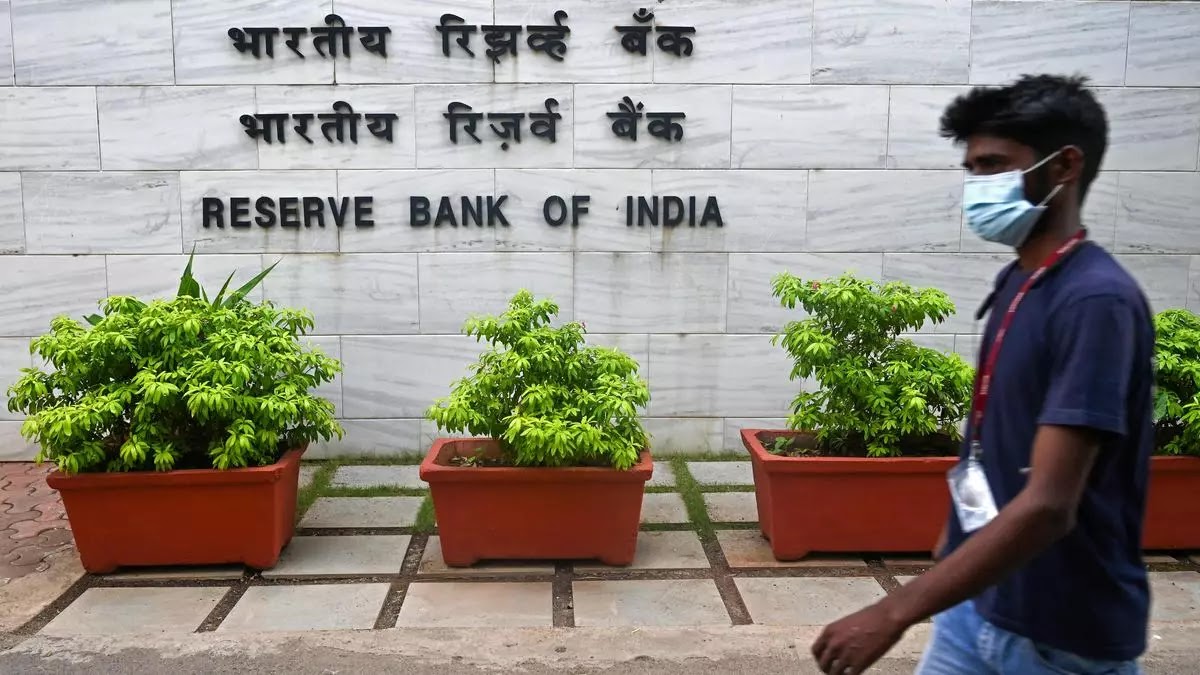Capital adequacy ratio norms enforcement for UCBs advanced to FY23-end.
The Reserve Bank of India (RBI) has advanced enforcing capital adequacy and net worth norms for urban cooperative banks (UCBs) from April 1, 2023, to March 31, 2023. This surprise move by the central bank has put UCBs in a difficult position as they have only a few days left to refigure the norms’ enforcement. The revised regulatory framework for UCBs has been in place since December 1, 2022, and applies to all primary UCBs.
Under the revised norms, the RBI has classified all UCBs into a four-tier structure based on their deposits. Banks having deposits up to Rs 100 crore have been placed in tier 1, while UCBs with deposits between over Rs 100 crore and up to Rs 1,000 crore are in tier 2. Tier 3 covers banks with deposits over Rs 1,000 crore and up to Rs 10,000 crore, and UCBs with deposits of more than Rs 10,000 crore have been categorized in tier 4.
Per the revised norms, cooperative banks in tier 1 should have a minimum net worth of Rs 2 crore, while all other UCBs (of all tiers) should have a minimum net worth of Rs 5 crore. UCBs that do not meet the net worth norms have been given a glide path until March 31, 2028, to comply with the revised norms. Such UCBs must achieve at least 50% of the applicable minimum net worth on or before March 31, 2026, and the stipulated minimum net worth on or before March 31, 2028.
Regarding the capital adequacy ratio (CAR), tier 1 UCBs should maintain a minimum CAR of 9% of risk-weighted assets (RWAs) on an ongoing basis. Tier 2 to tier 4 UCBs must maintain a minimum CAR of 12% of RWAs on an ongoing basis. The RBI had outlined a phased plan until March 31, 2026, for meeting the CAR criterion. UCBs in Tier 2 to 4, which do not currently meet the revised CAR of 12% of RWAs, must achieve the same in a phased manner.
Such UCBs must achieve a CAR of at least 10% by March 31, 2024, 11% by March 31, 2025, and 12% by March 31, 2026. The RBI's move aims to improve the health and stability of the UCB sector and ensure that UCBs maintain adequate capital and net worth ratios to absorb losses and support their lending activities.
UCBs play a significant role in the Indian financial system, especially in rural areas, where they provide access to banking services to the underprivileged sections of society. However, the UCB sector has been plagued by governance and financial issues, leading to the RBI taking various corrective measures to ensure the sector's stability.
The enforcement of capital adequacy and net worth norms is one measure aimed at improving the financial health of UCBs. The RBI's decision to advance the enforcement of these norms highlights the central bank's focus on ensuring that UCBs maintain adequate capital and net worth ratios to mitigate risks and support their lending activities.
In conclusion, the RBI's move to advance the enforcement of capital adequacy and net worth norms for UCBs highlights the central bank's focus on ensuring the stability and financial health of the UCB sector.

